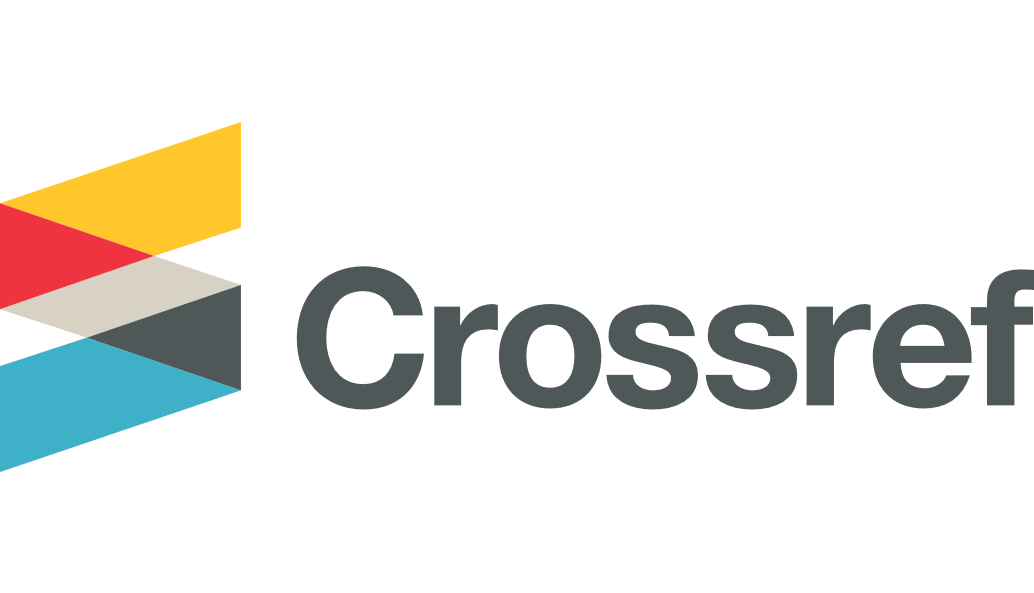Keywords
“Publish or perish"
Disciplines
Medicine and Health Sciences
Abstract
“Publish or perish" is a phrase coined to describe the pressure in academia to rapidly and continually publish academic work to sustain or further one's career to the next level of academic promotion and to build an academic reputation1. Prolific publishing increasingly affects funding as well as the reputation of individuals, their institutions, and journals themselves2. While the drive behind this increase can be attributed to many factors, the impact can further both the author and the larger medical community. This leads to the juxtaposition of self and selflessness and suggests the question: How is this quantitative increase in publishing reflected in an improvement in patient care?
Publishing in academia requires a new mindset. The essence of scholarly publication is the dissemination of knowledge for the advancement of humanity. When one publishes, he/she initiates a scholarly communication with other scholars and becomes part of the scientific community with a greater mission to improve the world. New knowledge and exchange of ideas sparks further inquiry and becomes the base of a research pyramid upon which future scientists can build.
The crux of scientific publication is the progression of science. In the field of medicine, dissemination of one’s work can lead to tremendous developments in new perspectives, therapies, cures, and preventions. An unbiased and thorough peer review process is an integral component that ensures the scientific quality of journals. Whether they are unique clinical cases or original research outlining therapeutic interventions, or ways to improve the quality of patient care, scholarly articles are enhanced by the constructive inputs of reviewers and editors. Investigations and interpretations presented in a peer-reviewed journal offer the medical community a vantage point from which to meet on the global platform and progress the scholarly conversation. This ultimately benefits the patients and provides teachable moments to future physicians and scientists.


